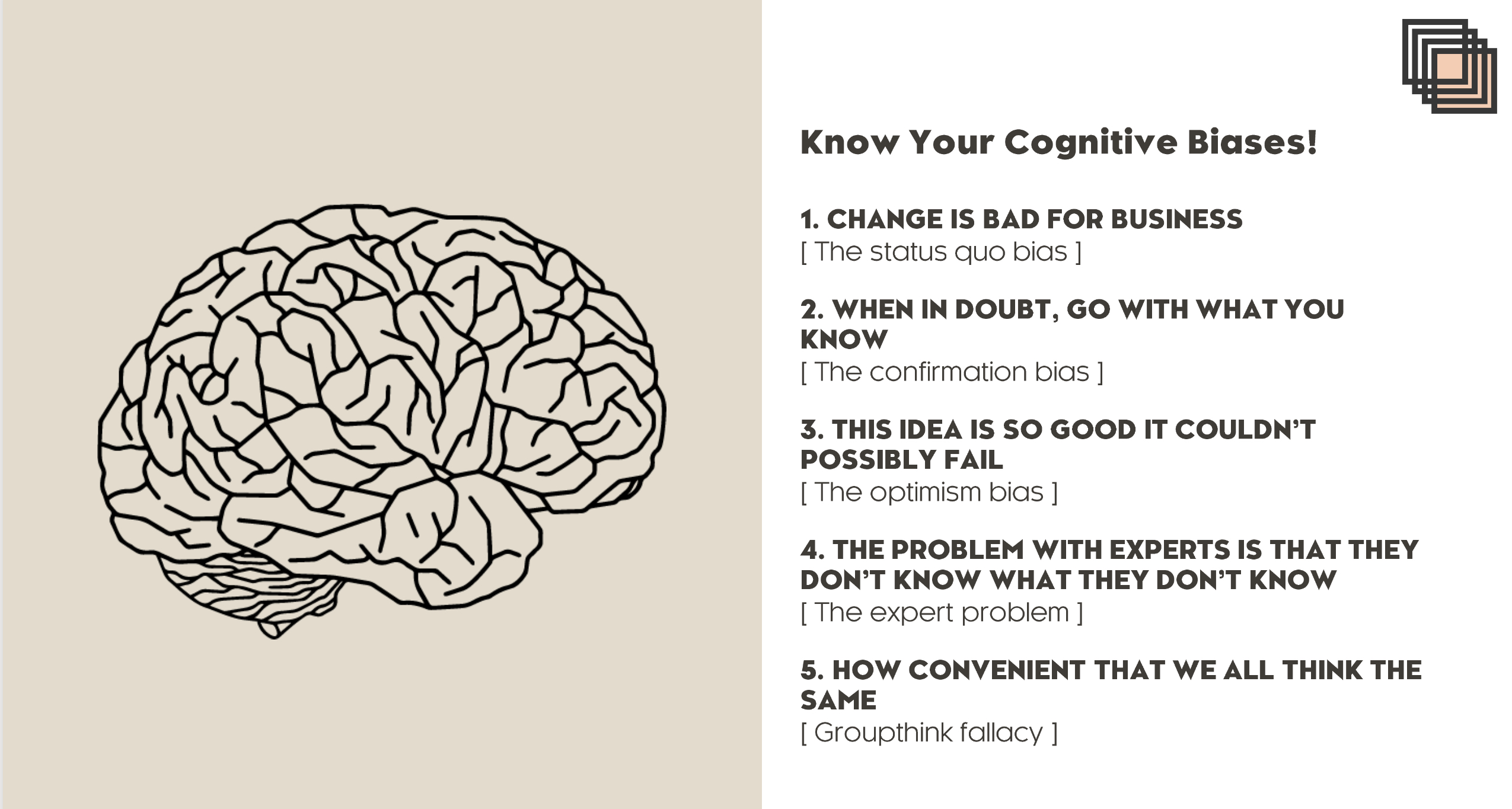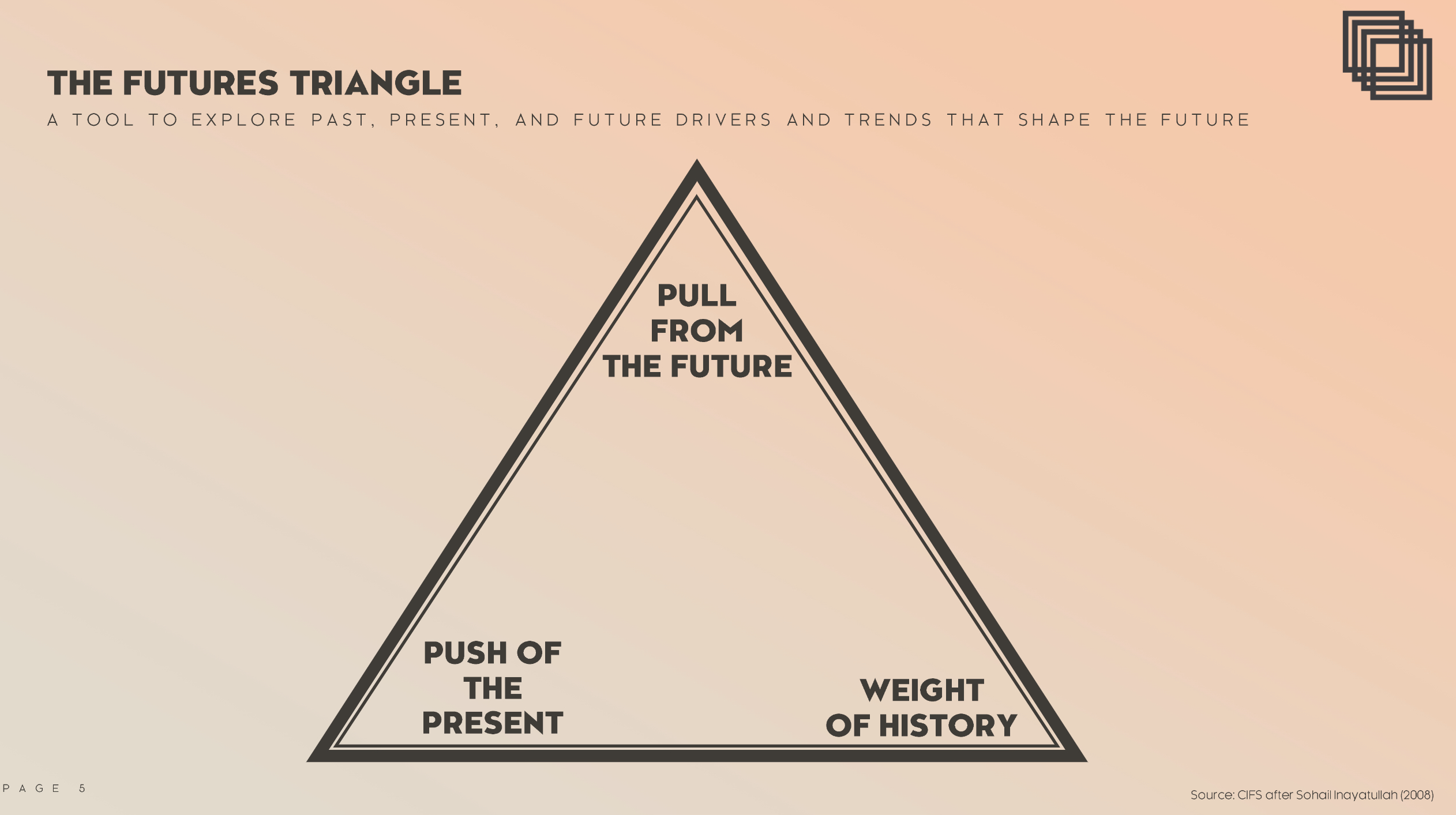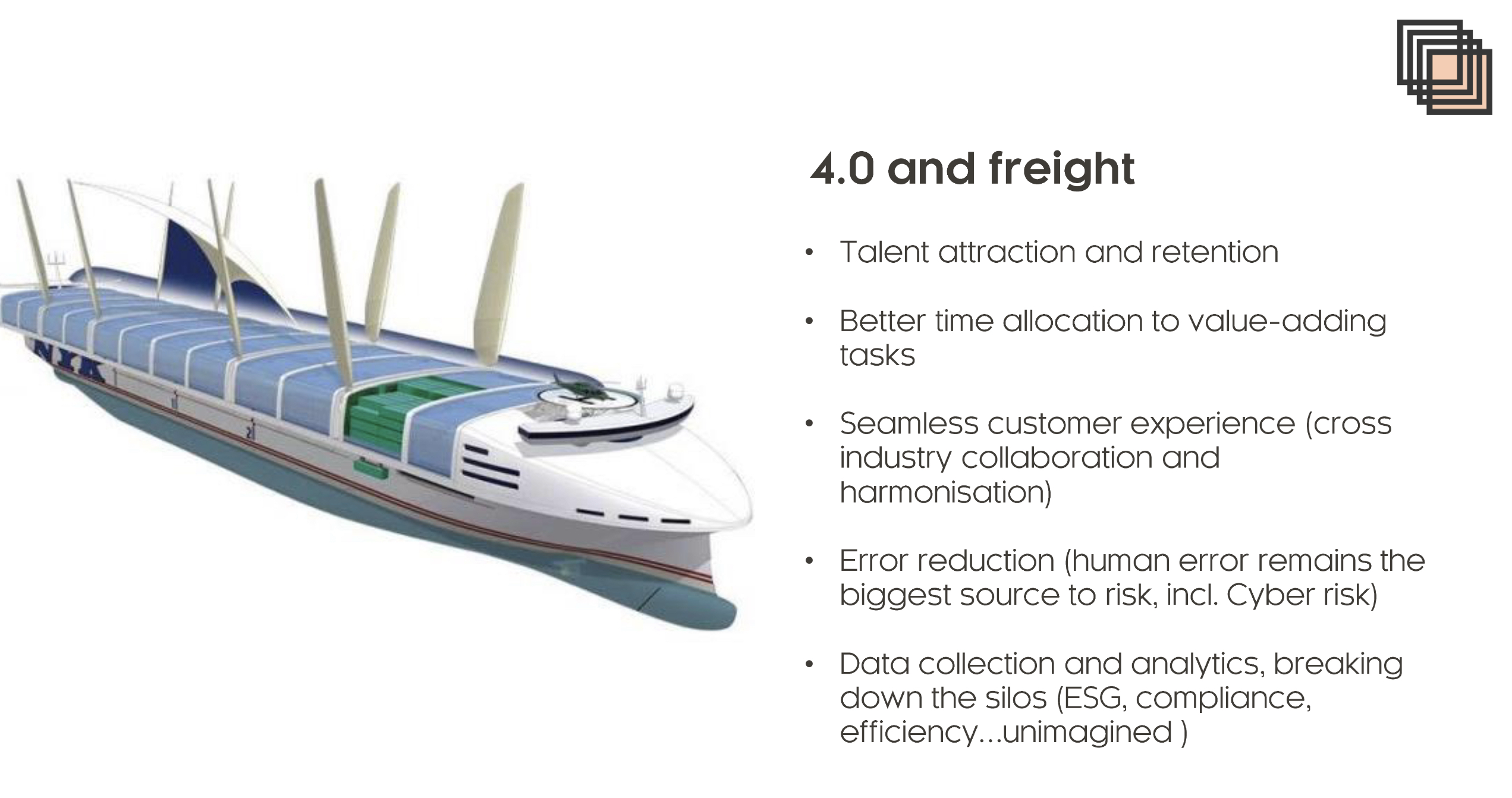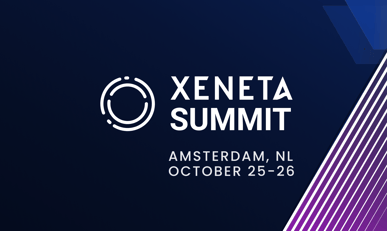During one of the featured sessions at the Xeneta Summit 2022, Xeneta customers had the opportunity to explore how technology plays a key role in building sustainable futures (yes, plural) during uncertain times.
Daria Krivonos, CEO of Copenhagen Institute for Futures Studies, started the discussion by emphasizing that one of the reasons we get the solutions wrong is because we only plan for one particular future.
Speaking from her experience of more than a decade as a trained economist and a futurist, she stressed that there are always multiple futures at play, “The further we go out in time, the bigger the distance and the bigger the vector. If we consider only one future for our business, we are planning to fail.”
Even with infinite possibilities for the future, we can still work with them in a very structured manner. But how do we achieve this? Well, the first requirement is acknowledging our biases.

Everyone suffers from at least one of these five common cognitive biases:
The status quo bias
In many cases, when working with the future and uncertainty, this is the most common factor that makes us think any change is bad for business. Whether making a move in technology, price changes, regulatory environment, etc., we assume that change will have a negative impact, so choose to return to the status quo.
The confirmation bias
When the entire contextual environment changes, we tend to stick with what we already know works — but this can be a recipe for disaster. For example, during wars and energy crises, it’s never a good move to continue living the same life you did before. This bias let us make irrational decisions and sets us up for another failure.
The optimism bias
Then there's the optimism bias, where R&D, strategy, investment, and other similar functions go to die. When we believe the hype and assume our ideas could never possibly fail, we’re setting ourselves up for a big fall.
The expert problem
Experts are supposed to know a lot about their chosen subject. However, while considering expert opinions, it’s crucial to remember that the solution they propose will the thing they know best. When consulting an expert about a business decision for the future, remember that they won't be thinking outside of the box.
Groupthink fallacy
The 'Groupthink fallacy' bias occurs when we agree or disagree on a solution too quickly. The most comfortable meetings are always the ones where everyone agrees on a decision without any contradiction. But in reality, this should be a red flag. If everyone agrees too soon, it can either be because someone is lying or someone is missing — there’s no way we can ever represent the whole world.
When we’re trying to map the future, we must take advantage of every perspective.
The Future Triangle

The next step after recognizing our biases is to start looking at how we discuss future solutions using the future triangle. It’s a tool to explore past, present, and future drivers that shape the future.
Daria pointed out that she has witnessed many businesses using this tool incorrectly. Often when leaders start working on the long-term strategy with their teams, they begin in the bottom left corner, focusing on the push from the present, explaining why they need this discussion.
Also, when teams start to discuss the long-term strategy of the business, they tend to gravitate toward its history. So, rather than going up, they go to the right. However, these discussions usually leave less time in a day to cover the most important part of the problem, and teams never get to talk about the future.
Daria suggests that thinking of the future first is the right way to use this tool. You can start by imagining the future of your kids at your age.
It's a very simple projection. What would they wake up to when they are your age? Do they have kids, or did we paint such a dystopian future that they stop having children? What do they have for breakfast? Do they still study for five years in university and then use those skills for another 15 as we do now? Do they leave their kids at daycare if they have them? Do they drive? Do they go into the metaverse for work?
Before, you've imagined that one day in their life, you cannot imagine what products they’ll need and how your product/service will fit into their future.
Using another example of a Danish King who planted 90,000 oak trees to fight an ongoing war with the British, Daria challenged the audience to change their mindset regarding how they make decisions.
“Even though the story might not be a fair comparison to today's problems, ask yourself — are you planting oak trees today that you know may be obsolete? Are you embarking on a legacy system? Are you embarking on a legacy process? Are you sticking to something that feels comfortable due to your status quo bias?”
A Vision of The Future
An example from a 1950's magazine shows a futuristic vision of the year 2000 and reflects how society will use technology.

Even though this image was shared five years after World War II, they imagined something that looks like an iPad, real-time flatscreen TV, cordless appliances, a microwave, dust-free floors, commercial airlines in the air, dad coming home from work, and mom in the kitchen while grandpa's smoking.
With so many layers, what stands out in this image is that use of technology is visionary, but the softer fabric of a family does not change even after five decades.
So, what happens in a home? What happens in society? What happens between us? The imagination did not consider that the family structure and the roles of this family were going to change, but it was easy to drizzle a little bit of technology all over it. Similar is the case with any sci-fi/fiction literature or movies. It's all about flying cars, but still very much the same plot when it comes to human interaction.
Daria points out this gap in imagination to highlight that even with all the technological advancement if you fail to imagine who's going to use it based on the internal dynamics of a society, it's going to end up in the graveyard. Asking the right questions brings bigger value than having all the answers. If you challenge what you're assuming for the future, the cone of possibilities comes into play.
According to Daria, “Technology is not a revolutionizing force in itself, but in many ways, it is a force multiplier to be reckoned with.” Very few technologies have revolutionized the world. That's why we have industry revolutions 1, 2, and 3. The next frontier is Industry 4.0, but the one thing that has yet to change is our approach to technology as humans.
Douglas Adams, the author of Hitchhiker's Guide to the Galaxy, says everything that exists when you are born is natural. So, if you're born into a world with airplanes, you will find airplanes natural. If you're born into a digital native world, then it is the most natural thing in the world to you.
But different age groups will have different attitudes toward technology. This is important for businesses as they onboard and implement new systems. You can’t treat all age groups the same as we embark on this journey of exponential technology, which will impact freight as well.

What is possible will soon be expected!
You may argue that you are in a legacy industry and can only move slowly. But, as technology improves, people's expectations are increasing exponentially.
Customers will expect the same seamless experience as they get in Uber from your platforms and services. No one will care if your business can't collaborate with a freight forwarder or if you don't exchange data. People will be expecting the impossible if it's possible somewhere else.
There's tons of potential in digitization, but there are also many ways of doing it wrong. When you're onboarding new employees, some of them are going to be from generation X, and some of them got their first iPhone after age 40. There should be a different journey for each of them because some may need half an hour on their own, and some need three hours sitting next to someone. Treat them differently because they will be different.
As a leader, it’s your responsibility to help your customers and talent flourish, which will help you grow your business in return.
Want to learn more?
Watch the latest monthly State of the Market Webinar to stay on top of the latest market developments and learn how changing market conditions might affect your contract negotiations.






